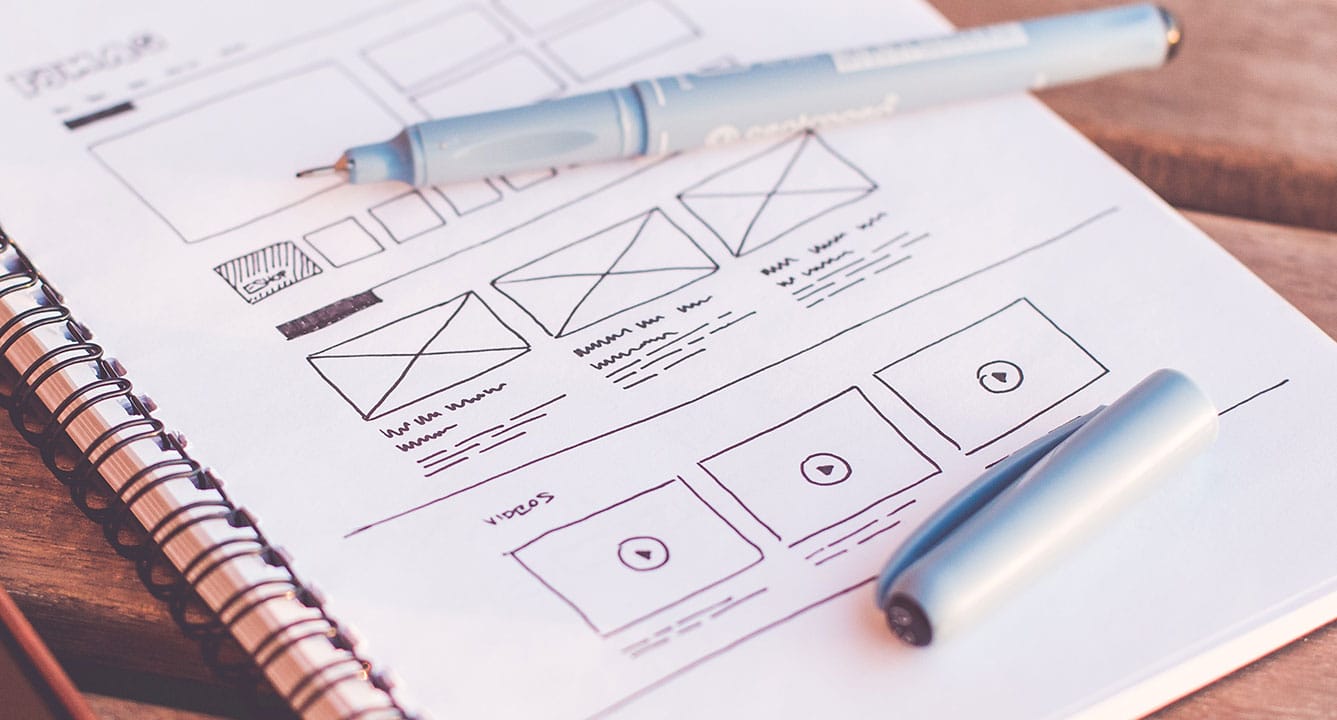
UX Design is User Interface Development
Providing a successful user experience requires a balanced approach throughout the development life cycle. To ensure this balance, you must not only focus on implementing the functionality required to complete a task but also on how the task is exposed through the user interface. Remember, the user interface must not only be functional, it must also be usable.
The following outlines the typical phases of the user interface development process:
Designing
- Functional requirements – Determine the initial requirements and goals for the application.
- User analysis – Identify the user scenarios and understand the needs and expectations of users for each scenario.
- Conceptual design – Model the underlying business that the application must support.
- Logical design – Design the process and information flow of the application.
- Physical design – Decide how the logical design will be implemented on specific physical platforms.
Implementing
- Prototype – Develop paper or interactive screen mockups that focus on the interface and don’t include distracting visual design elements.
- Construct – Build the application and prepare for design change requests.
Testing
- Usability testing – Test the application with various users and scenarios.
- Accessibility testing – Test the application with accessible technologies and automated test tools.

